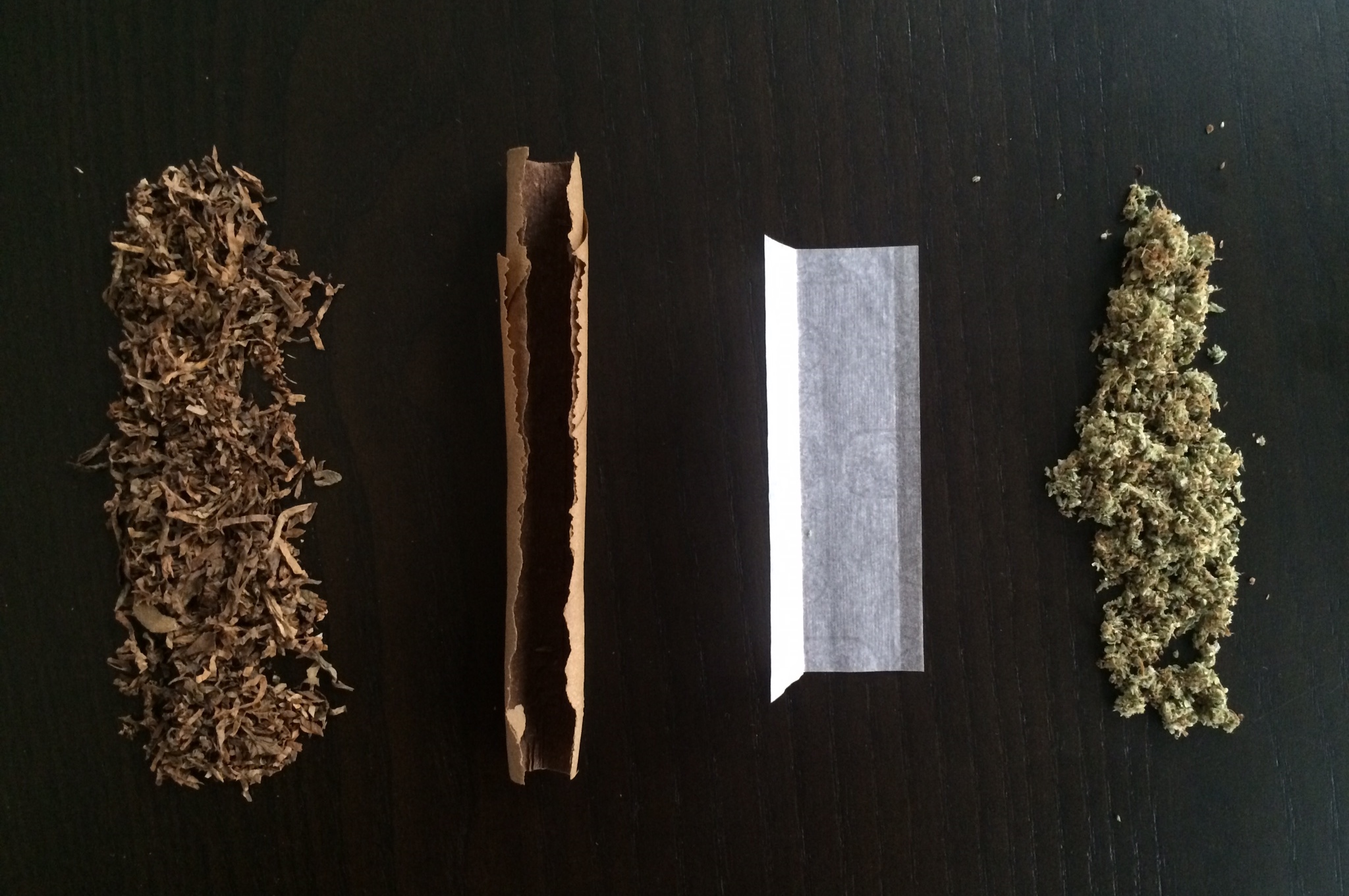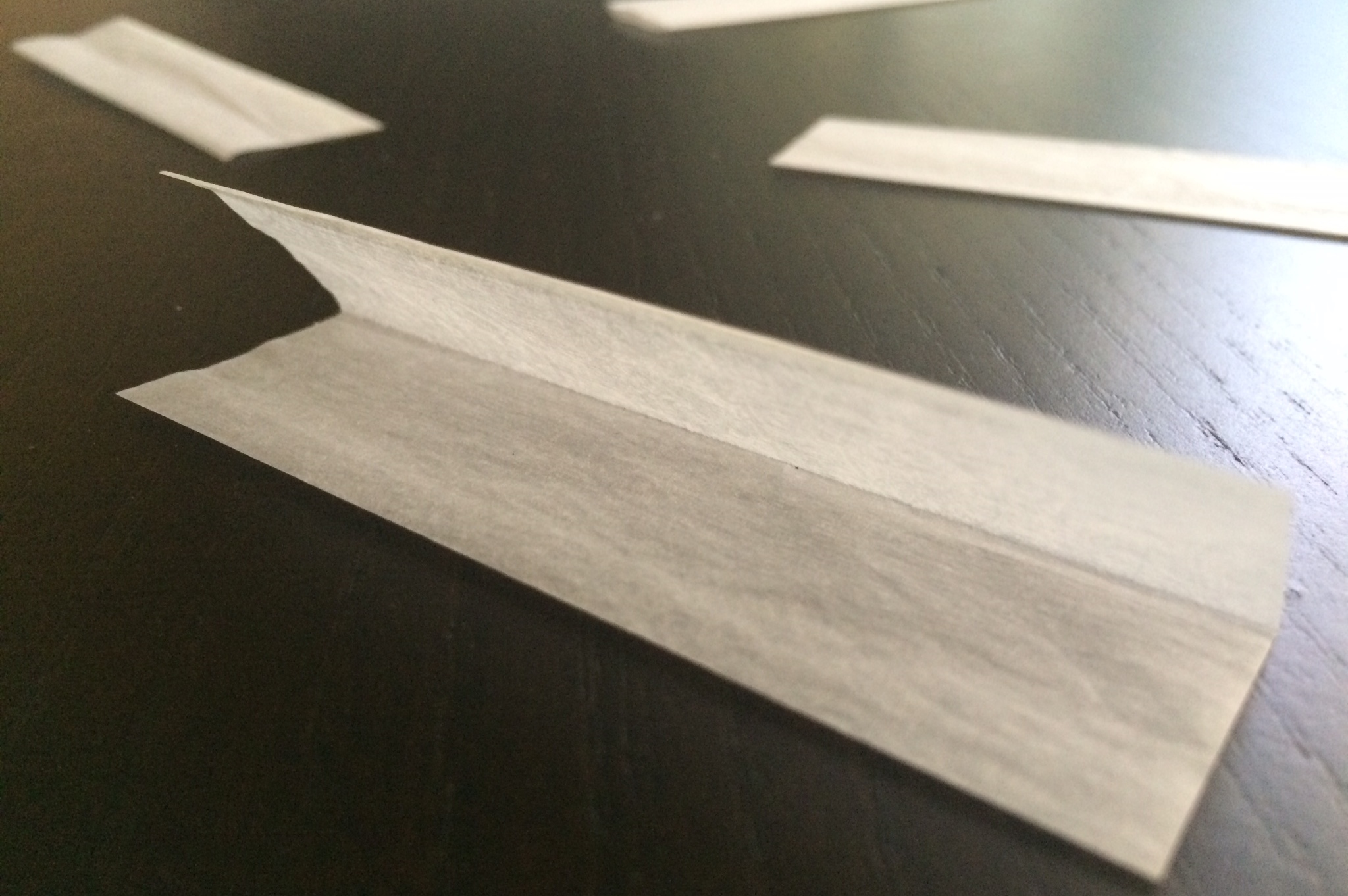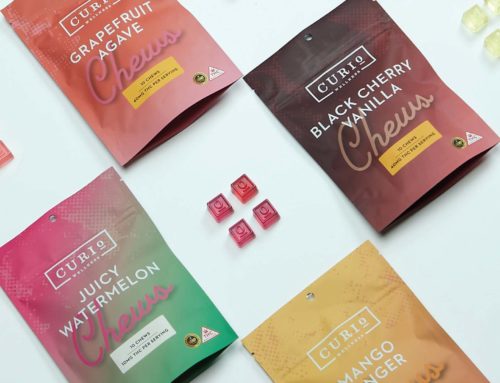The popularity of vaporization has left little time for conversation on the art of rolling. However, this minimalist, easily accessible, tried-and-true consumption method still reigns supreme globally. The creative potential and skill required to craft a functional roll is celebrated among many cannabis enthusiasts.
If you’re new to cannabis, there are three broad categories that rolls fall under: joints, blunts, and spliffs. Each can be defined by their content (cannabis-tobacco ratio) as well as the rolling material, tobacco, hemp, etc.
Joints vs. blunts vs. spliffs: What’s inside them?

Joints and blunts only contain cannabis. Blunts are rolled with tobacco paper, which are distinguishable by their thickness and dark brown color, whereas joints are rolled with lighter, partially translucent papers. Joints often include a paper filter known as a crutch, which adds stability to the roll and allows you to smoke your joint to the end without burning your fingertips.
Spliffs are hybrids, part tobacco, part cannabis. They’re also rolled in joint papers and often include a crutch.
The three rolls most notably differ by experience. Tobacco provides an initial head rush and energetic physical buzz (similar to coffee), which adds to the effects of cannabis. You’ll notice this more in spliffs because they have more tobacco, whereas blunts only have the tobacco wrapper.
The paper differences between joints, blunts, and spliffs

Paper choice is important to your smoking experience, impacting the product’s quantity (which is contingent on paper size), flavor (tobacco papers are notably sweeter than hemp paper), and burn (thicker papers tend to burn slower than thinner papers). Consumers utilize loose papers to roll joints and can use both loose papers and pre-rolls to make spliffs, the latter requiring careful deconstruction to keep the paper intact.
The aromatic potency of the paper is pertinent for all rolls, but especially joints. Some consumers think flavorful papers meddle with the complex aromas of cannabis, while others grow loyal to specific brands thanks to their distinct flavor additive (this is common among blunt aficionados, who tend to cherish the sweetness of the tobacco paper).
Consumers also choose papers based on rolling ease and functionality. The best papers don’t tear, seal seamlessly, handle well between your fingers, and burn uniformly. Nothing is a surer sign of a failed roll than a joint that “runs” (i.e. burns lengthwise along one side).
Global preferences to joints, blunts, or spliffs

The popularity of joints, blunts, and spliffs varies regionally, reflective of cannabis culture across the globe. Spliffs are predominant in Europe, where joints are commonly seen as “wasteful” — however, this has the potential to change as cannabis prevalence and accessibility rises. Consumers in the United States are more inclined to roll joints than spliffs, possibly in part due to the adverse health effects of tobacco effectively broadcasted by the media over the past few decades.
Global differences in terminology are also interesting to note. In Europe, for example, the names are reversed: a joint refers to a roll with cannabis and tobacco, whereas a spliff refers to rolled cannabis exclusively. This is because a “joint” is a combination of two items instead of just one.
Finally, it’s important to note that joints, spliffs, and blunts are only the beginning. The landscape is expansive, and even within these three delineations, the room for artistic creation is vast. This can mean multiple connected rolls (like a cross joint), or a simple, pristine cone that showcases your dexterity and precision. What do your rolls look like?
This post was originally published on January 7, 2015. It was most recently updated on April 17, 2020.





Leave A Comment